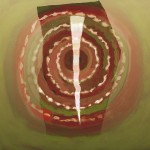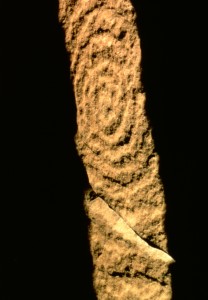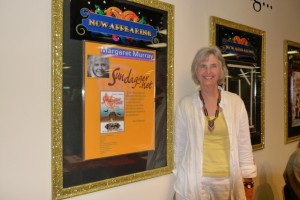When I stand in my backyard and look up at the night sky, I feel both very small and very big. The small part is my physical body, the big my spirit, from which I am able to imagine any story. Each night it’s a different sky I see and a different story.
All my stories begin with what I see from where I’m standing. It’s the forested hills, valleys and rivers of Pittsburgh, Pennsylvania in Dreamers. The Oakland Hills, San Francisco, Death Valley and Chaco Canyon, New Mexico in Sundagger.net.
With my upcoming novel, Spiral, I take the old story family of Sundagger.net on the same migration route as the prehistoric Native Americans took in their struggle to survive in a dying culture, one that built Great Houses as big as the Roman Coliseum at a time when medieval Europe was still in the Dark Ages.
Spirit and story begin with the land and the sky. The ancient people of the Americas knew this too.
Many readers of Sundagger.net have told me they were awestruck by the sense of the spiritual upon visiting the ruins of Chaco Culture Natural Park. Here’s a short video of the ruins of Chaco Canyon with music by my son, Chris Goslow, that recreates this awesome feeling. Notice the sun dagger at the end.
The primitive people saw, felt and witnessed the deep spiritual connection between earth and sky too. In the bottomland of a desert canyon sometime near the end of the first millennium, a native American climbed a butte and cut a spiral in the sandstone behind four 2000 pound boulders that just barely allowed the sunlight in.
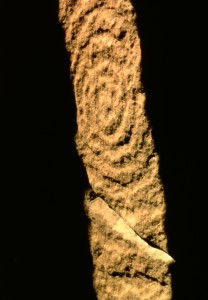
This artist positioned a 19-circle spiral so that, on the one day of the summer solstice, the center of the spiral was split by sunlight in the shape of a dagger. Furthermore, this spiral pecked out of sandstone was of an exact diameter so that, at the winter solstice, sunlight framed its outmost circle by two smaller daggers of light. Likewise, the equinoxes were shown with smaller daggers.
What an artistic feat to show such brilliance and balance between earth and sky! And that’s not all. Great Houses and kivas, incredible feats of engineering, were constructed over centuries with their outer walls matching the path of the sun and moon light across the land at solstices and equinoxes.
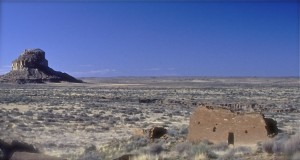
Visiting Chaco for the first time, I first “saw” the story I would come to call Sundagger.net when I stopped before a nondescript ruin of a small house, a house that called out to me with an ancient sad face and spoke of sweet dreams and great disappointment.
I had just come home from Chaco where I had taken many notes on the land and its history. The first scene I wrote describes a man–he didn’t have a name yet–walking in a circle on the desert floor. It didn’t make much sense, except that it did. Sitting at my desk in Pinole, CA, I created my novel around this troubled man like you might if you drew circles without lifting your pen from the center point.
The man became Rowan, a big boss at TekGen, a network communications corporation in Silicon Valley. Why is Rowan obsessively circling? He’s been taking photos of the wild turkeys in the Canyon, talking to them. He’s rethinking his business venture scheme and worrying about the young woman he convinced to come with him, who’s waiting back in the rented car at the Visitor Center. When finally he looks up toward the sky, he spots his ancestor, a primitive man in skins and feathers, RoHnaan.
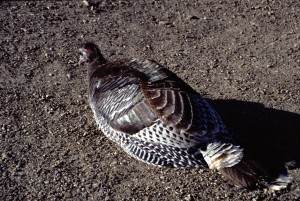
Spiral, my upcoming novel, takes on RoHnaan’s story, beginning with the young Willow, his mother, waiting at the deep, dry, jagged bank of Chaco Wash, frantically scanning the horizon for her much-older lover.
The Anasazi too had their love affair with the sky beginning with the land. Their first structures were circular pit houses, underground mostly, entered through a hole in the roof by ladder, but by 800 A.D. they were building above ground, raising up to 5-story Great Houses with hundreds of rooms and no evidence that anyone lived in them, round kivas likely used for spiritual ceremonies, as are the kivas of the present-day Hopi and other Puebloan tribes.
This past summer on my third trip to Chaco Canyon, when I came out of the only entrance to the biggest Great House, Pueblo Bonito, the interpretive ranger remarked that I was in the exact spot to watch the sun rise at its southern-most point on the winter solstice. She also pointed out that the east-west wall of Pueblo Bonito precisely divides day and night at the equinoxes, marking the middle of time.
What happened to these pre-Puebloans called Anasazi (“Enemy Ancestors”) by the Navajo arriving three centuries later?
Earth, Sky, Spirit. Story. Before the sun dagger, there was the spiral. Each time the Anasazi migrated, they left behind a spiral to show they were leaving. Why? There are so many questions to ask, so many secrets remaining.
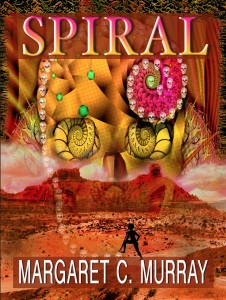
“It’s a mystery in another dimension”, as famed Southwest mystery writer, Tony Hillerman, said about Sundagger.net. So might he say about Spiral.
Spiral is coming soon.

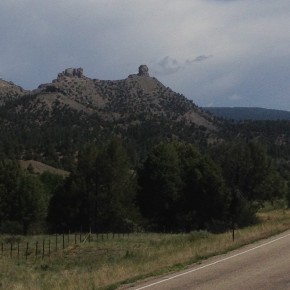
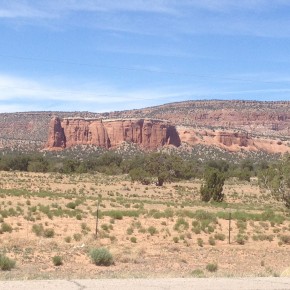
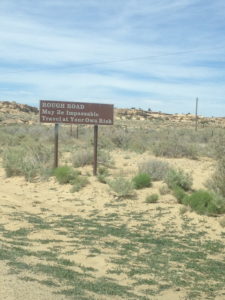
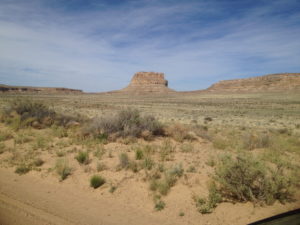
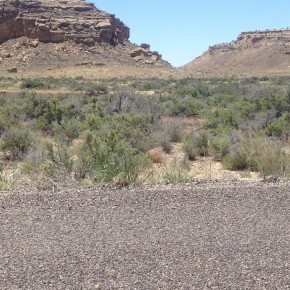
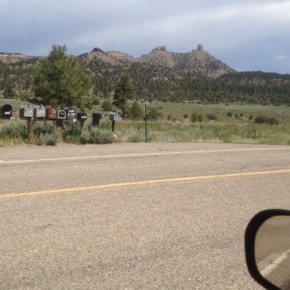
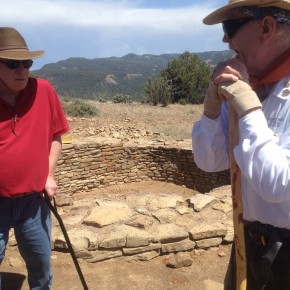
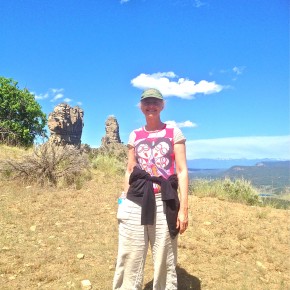
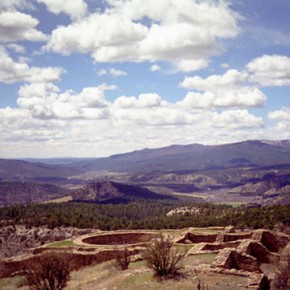
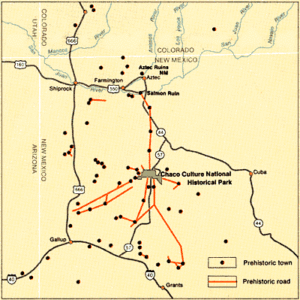
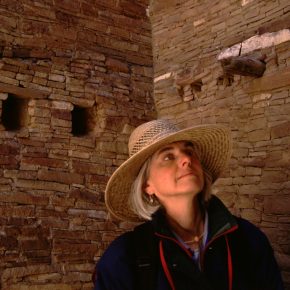
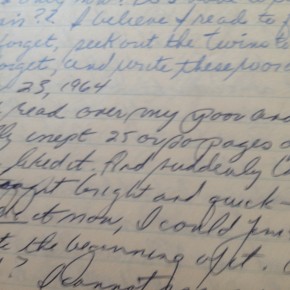
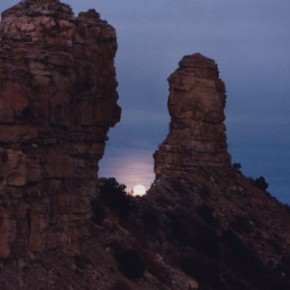
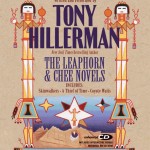 ‘re like me, you loved all the Tony Hillerman books. To honor this famed mystery writer of the Southwest, I’m having library readings at Sonoma County libraries and I’d like to invite you. As you see, I already had one reading event on September 16th–thank you to everyone who came. It was inspiring!
‘re like me, you loved all the Tony Hillerman books. To honor this famed mystery writer of the Southwest, I’m having library readings at Sonoma County libraries and I’d like to invite you. As you see, I already had one reading event on September 16th–thank you to everyone who came. It was inspiring!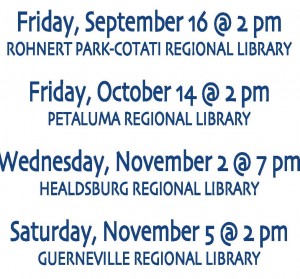
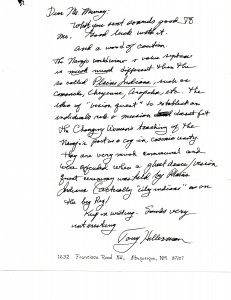 After receiving this letter, I revised a chapter in Sundagger.net where a group from the San Francisco area set out on a camping trip to experience a vision quest of their own and end up in Chaco Canyon, New Mexico, home of the ancient Anasazi. During my event, I talk about the letter and read sections from the chapter.
After receiving this letter, I revised a chapter in Sundagger.net where a group from the San Francisco area set out on a camping trip to experience a vision quest of their own and end up in Chaco Canyon, New Mexico, home of the ancient Anasazi. During my event, I talk about the letter and read sections from the chapter.